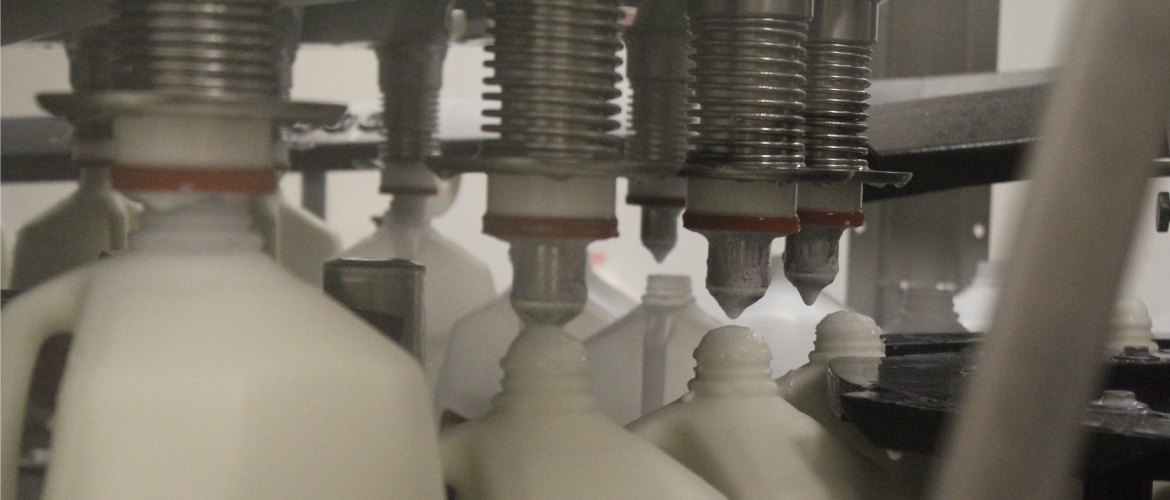Milk is one of the most highly regulated foods, and every glass is guaranteed to be antibiotic-free. In fact, the FDA has been testing dairy foods for antibiotic residue, and zero milk products have tested positive for traces of antibiotics since 2010.
Are cows treated with antibiotics?
Sick cows are sometimes treated with antibiotics (just like sick people are) – but only when necessary to treat specific illnesses. These cows are separated from the healthy cows and, treated by a veterinarian, until they recover and the antibiotics are out of their systems. During that time, they are milked on a different schedule (and often in a completely different area) from the other cows, and their milk is not sold for human consumption.
What if some antibiotics accidentally get into the milk supply?
Milk is tested three or more times before it ever reaches your grocery store.
- First, at the dairy farm, dairy farmers test each full tank of milk for antibiotic residue before letting their processor know to come pick up the milk.
- Next, when the processor’s tanker truck gets to the farm, the first thing the driver does is take a sample of milk from the bulk tank and test it again. They make sure there is no antibiotic residue and that the milk is at a safe temperature.
- Finally, when the truck driver delivers the milk to the processing plant, it is tested once more for antibiotic residue and other imperfections that can cause problems with the machinery at the plant or make the milk unsafe for people to drink. It is also rejected if the tanker truck has become too warm during the trip to the plant. This is also where the milk is tested for milk fat content, protein content and many other quality factors that determine what the milk will be used for (fluid milk, cheese, yogurt or other products) and how much a dairy farmer will be paid for the milk.
Dairy farmers care deeply about the safety of their milk – if antibiotic residue is found in the milk at any point in this journey, the dairy farmer responsible is fined and the milk must be safely dumped. The farmer will receive no payment and will pay a penalty to their processor for having the milk transported when it could not be used.
Who else inspects the milk and farm?
Inspectors from state regulatory agencies and milk processing plants regularly make surprise visits to farms – just one more set of checks and balances to make sure animal living conditions are clean, milking equipment is sanitized and facilities are safe.




